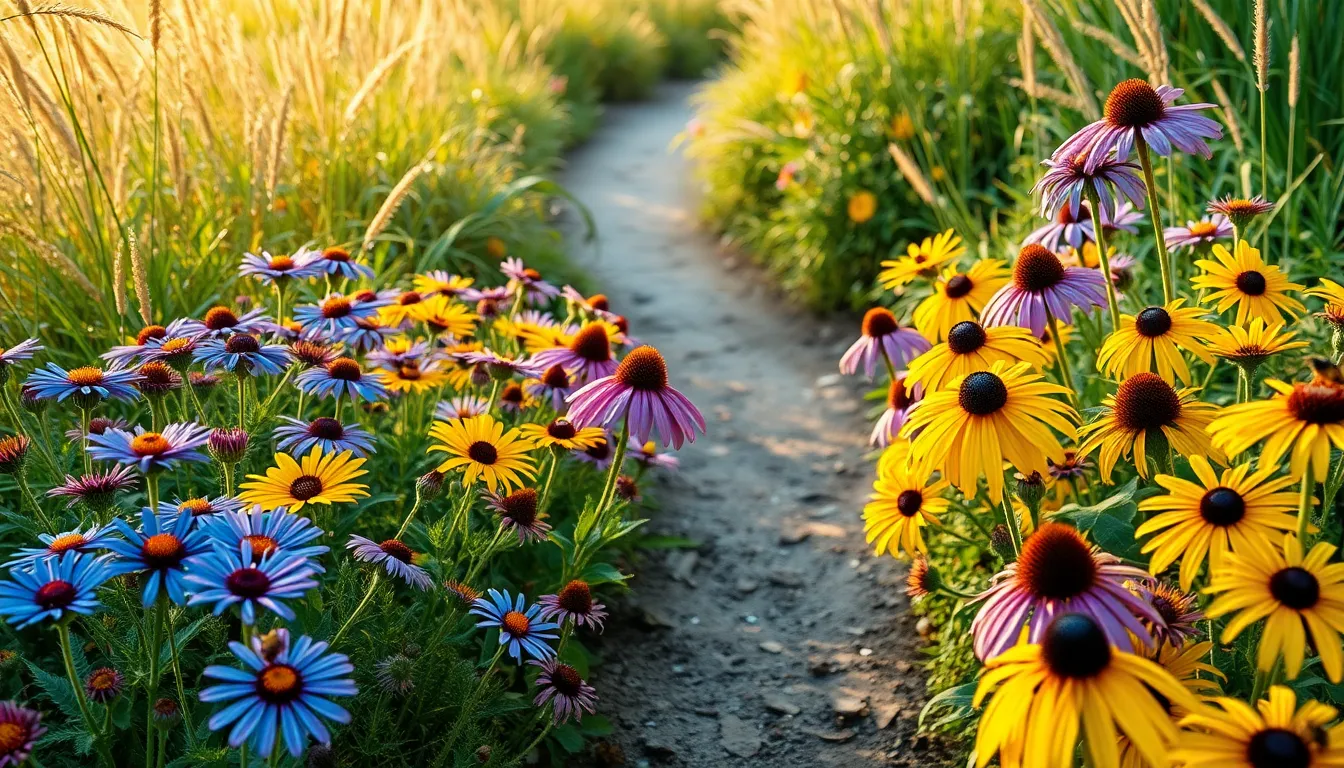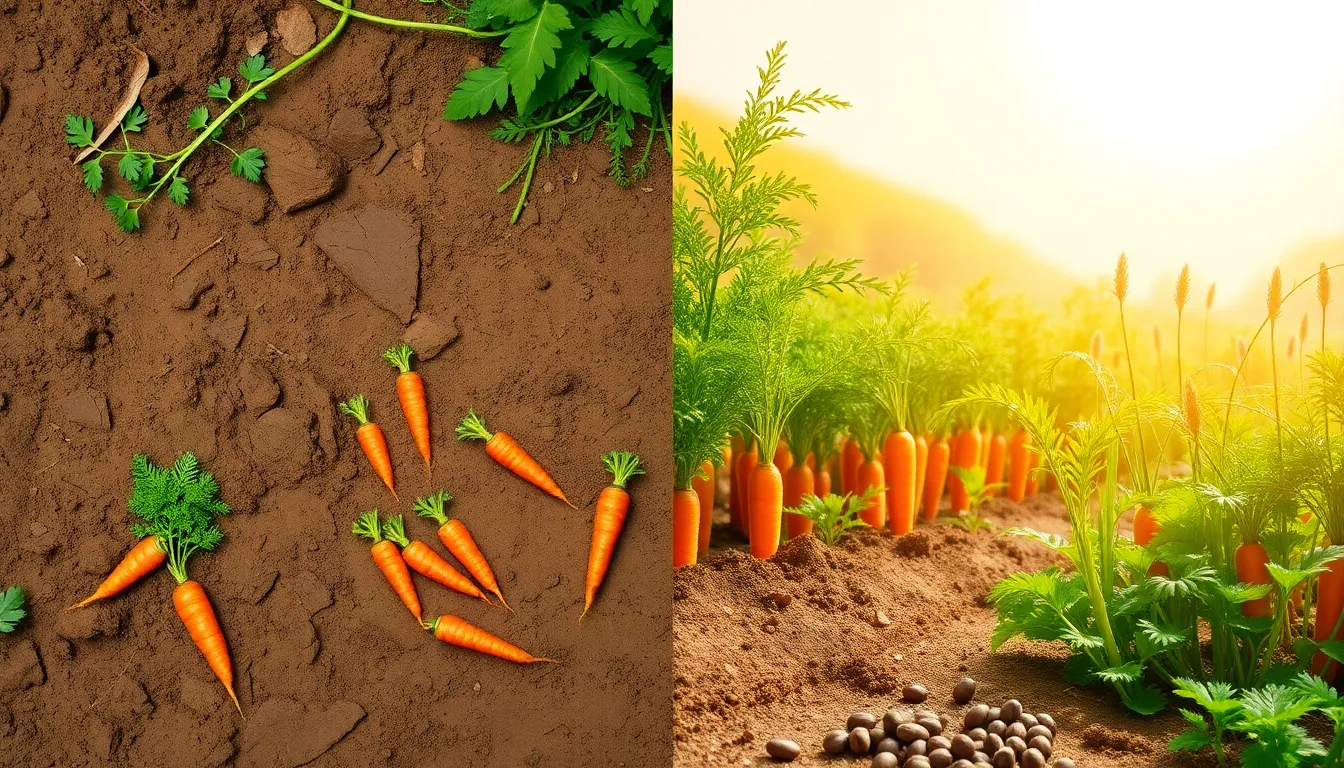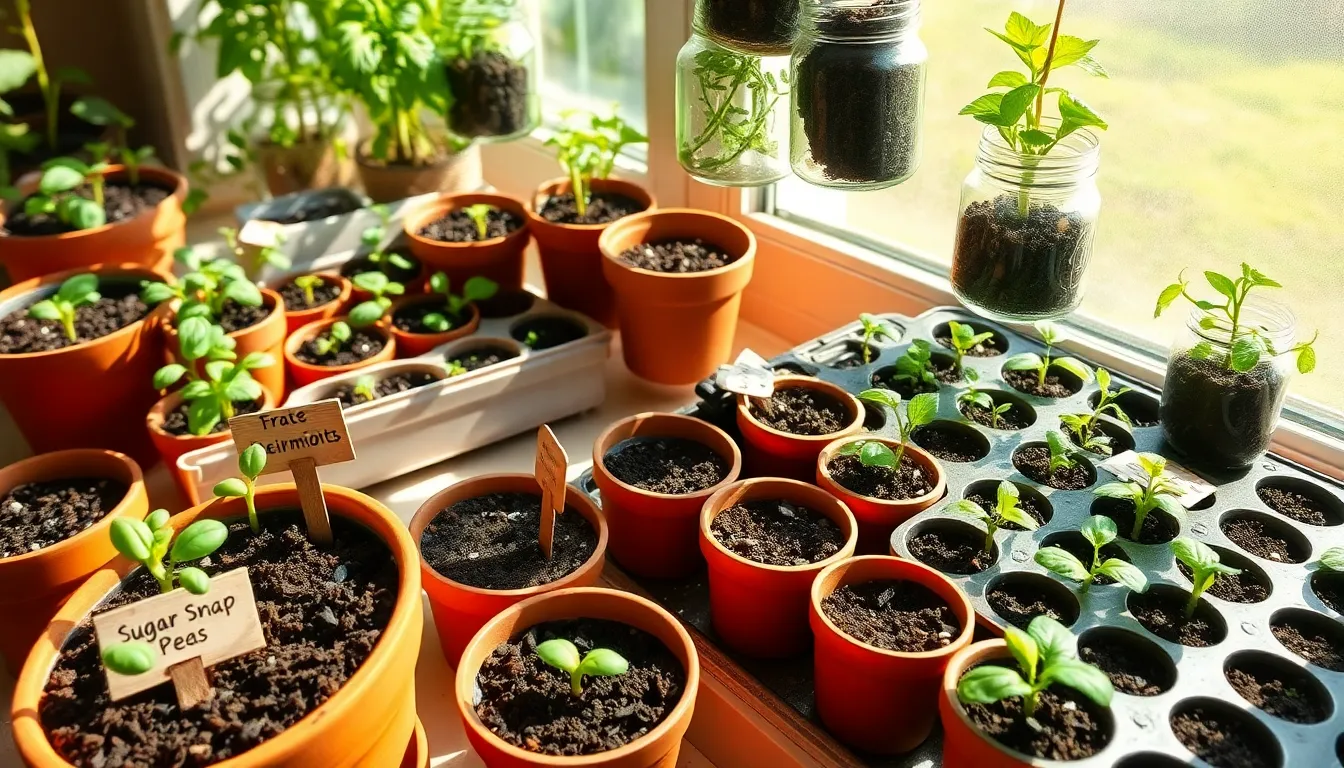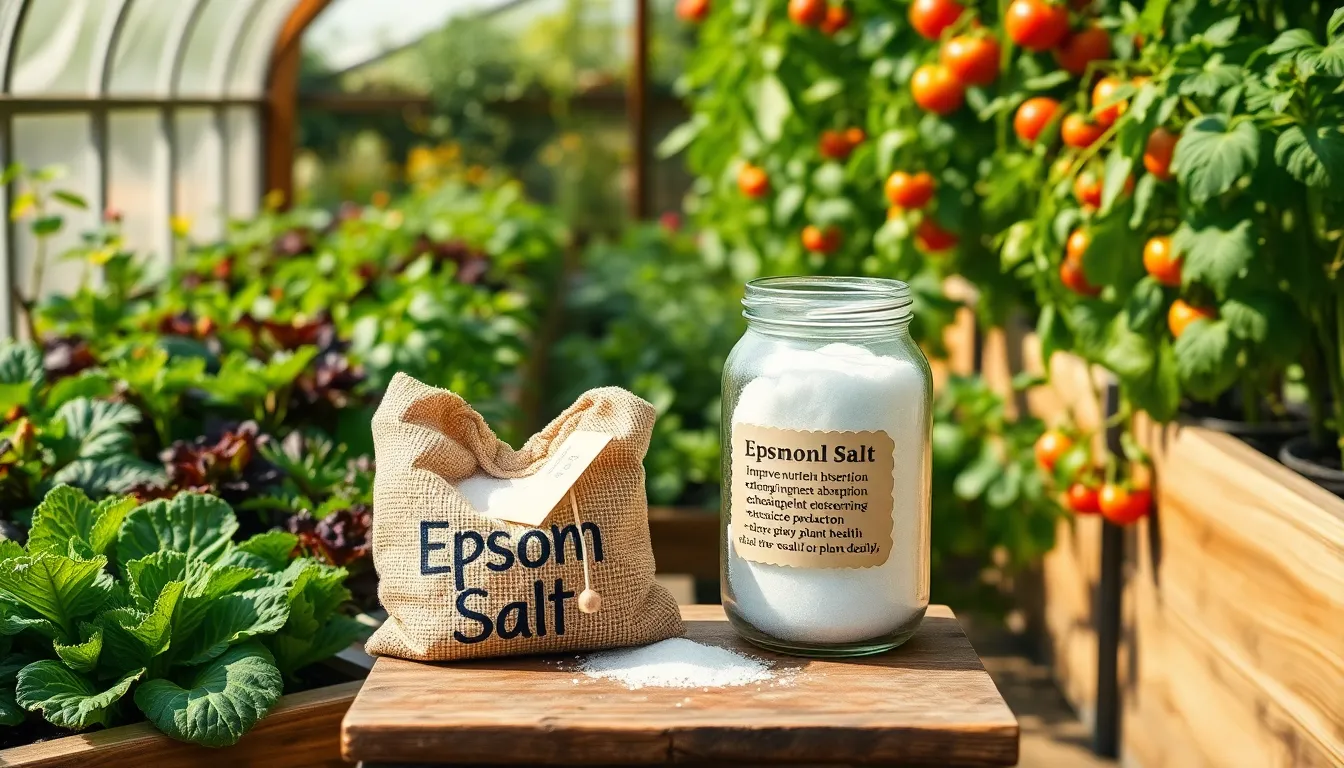For those who cherish the vibrant tapestry of colors and the gentle hum of bees, a wildflower garden is a delightful endeavor that beckons both novice and seasoned gardeners alike. This beautiful chaos of native blossoms not only enhances your landscape but also supports essential pollinators, bringing ecological harmony right to your backyard. Understanding how often to plant a wildflower garden is crucial for maximizing its beauty and benefits throughout the seasons, ensuring that your efforts yield a flourishing, sustainable habitat.
Whether you’re donning your gardening gloves for the first time or have a seasoned trowel at the ready, the art of wildflower gardening offers something for everyone. Planting frequency is influenced by numerous factors, such as soil conditions, climate, and the specific species you choose, and knowing when and how often to sow can make all the difference in your garden’s success. In this article, we’ll delve into these considerations, providing you with practical insights and tips to create a thriving wildflower haven.
Embarking on the journey of wildflower gardening offers a chance to reconnect with nature and observe the subtle shifts of seasons and blooms. As we explore the rhythms of planting, you’ll learn how to tailor your efforts to local conditions and personal preferences, ensuring a garden that brings joy year after year. By the end of this guide, you’ll have the knowledge and confidence to strategically plan your planting schedule, transforming your outdoor space into a vibrant sanctuary for both you and the wildlife it attracts.
Understanding Wildflower Growth Cycles
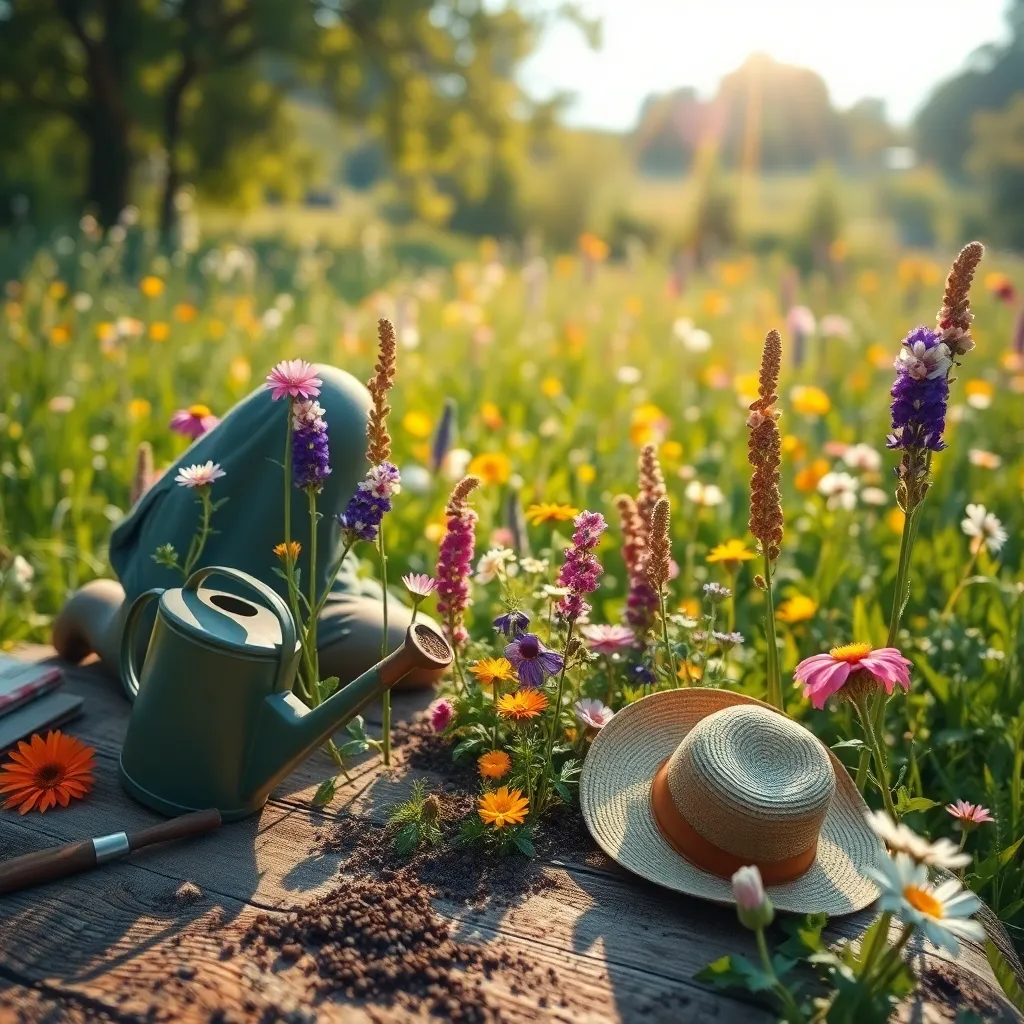
Wildflowers have distinct growth cycles, which are crucial for gardeners to understand when planning their garden. Typically, wildflowers are categorized into annuals, biennials, and perennials, each with its own growth timeline and care needs.
Annual wildflowers, such as poppies and cornflowers, complete their life cycle in one growing season. To ensure a continuous display, sow annual seeds in early spring, and consider a second sowing in early summer for prolonged blooms.
Biennial wildflowers, like foxgloves and sweet William, require two years to complete their life cycle, flowering in their second year. Planting these in the fall allows them to establish roots before winter, promoting healthy growth in the following spring.
Perennial wildflowers, including coneflowers and black-eyed Susans, return year after year, often becoming more robust over time. For optimal growth, plant perennials in well-drained soil and ensure they receive at least six hours of sunlight daily.
Understanding these cycles helps gardeners plan for a vibrant, diverse wildflower garden that offers continuous blooms. Mixing different types of wildflowers can create a dynamic garden that evolves and changes throughout the seasons.
To encourage self-seeding, allow some flowers to go to seed and disperse naturally, reducing the need for replanting. However, if you notice any bare spots, you can fill them in by overseeding in the appropriate season.
Ideal Planting Seasons for Wildflowers
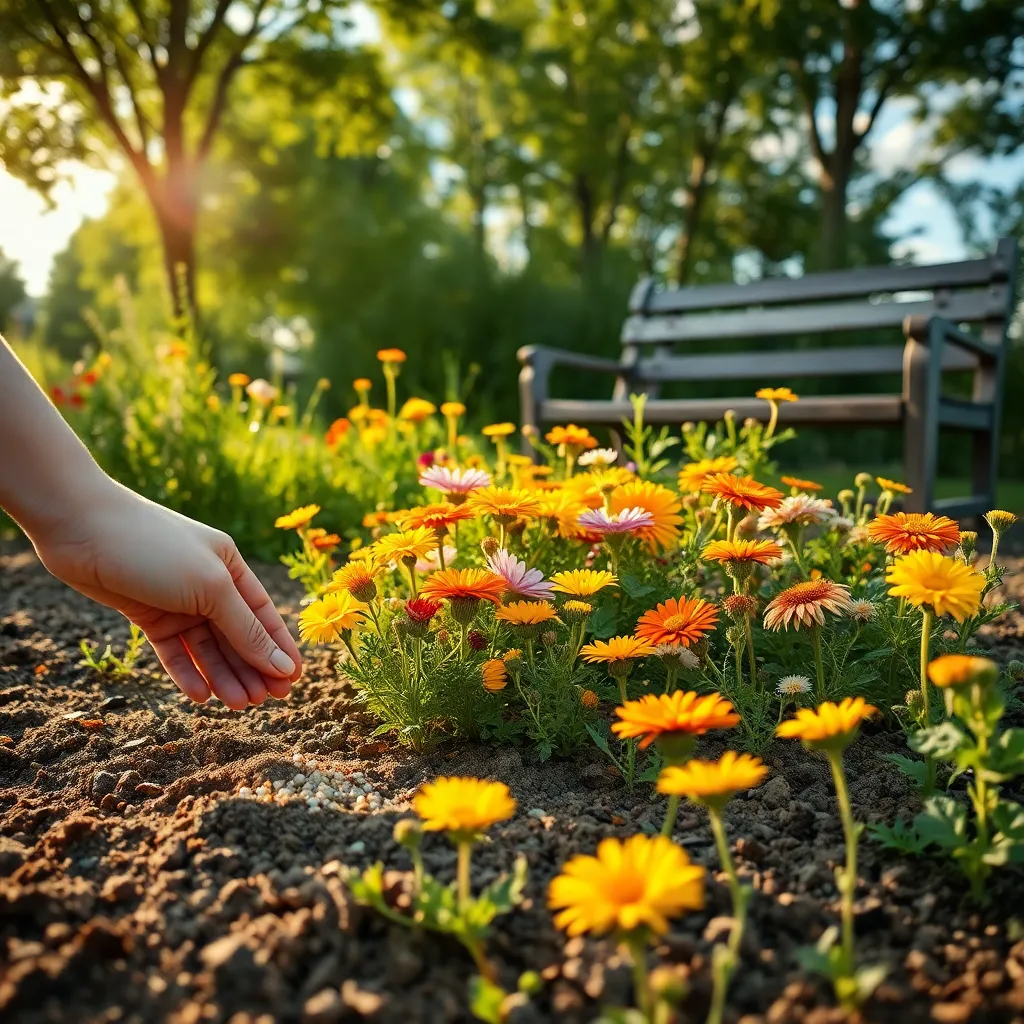
Choosing the right season to plant wildflowers is crucial for their successful germination and growth. Most wildflowers thrive when planted in the early spring, as this timing takes advantage of natural rainfall and warming soil temperatures.
For those in regions with mild winters, fall planting can be particularly effective. This allows wildflower seeds to undergo natural stratification, improving germination rates come spring.
Begin by preparing your soil to ensure it is well-drained and free of competing weeds. Loosen the top few inches of soil and mix in a light layer of organic compost to provide nutrients.
When planting, scatter seeds evenly over the prepared area and gently rake them into the soil surface. Avoid burying seeds too deeply, as most wildflower seeds require sunlight to germinate.
Water the area lightly to settle the seeds into the soil, but be careful not to over-water. Once established, wildflowers generally require less maintenance, but check moisture levels regularly, especially during dry spells.
For advanced gardeners, consider interplanting different wildflower species to extend blooming periods and attract a variety of pollinators. Choose species with staggered bloom times to ensure a vibrant display throughout the growing season.
Assessing Soil Health Annually

Evaluating soil health each year is crucial for the success of your wildflower garden. Begin by conducting a simple soil test to check for essential nutrients like nitrogen, phosphorus, and potassium.
Soil structure is another key aspect to examine annually. A healthy soil should crumble easily in your hands, indicating good aeration and drainage.
Organic matter plays a significant role in soil vitality, so consider adding compost or well-rotted manure to enrich your garden. This practice boosts nutrient levels and enhances moisture retention, benefiting your wildflowers throughout the growing season.
Advanced gardeners might also assess soil pH and make adjustments to create optimal conditions for wildflowers. Use lime to raise pH or sulfur to lower it based on your soil test results, aiming for a neutral to slightly acidic pH level.
Frequency of Replanting Considerations
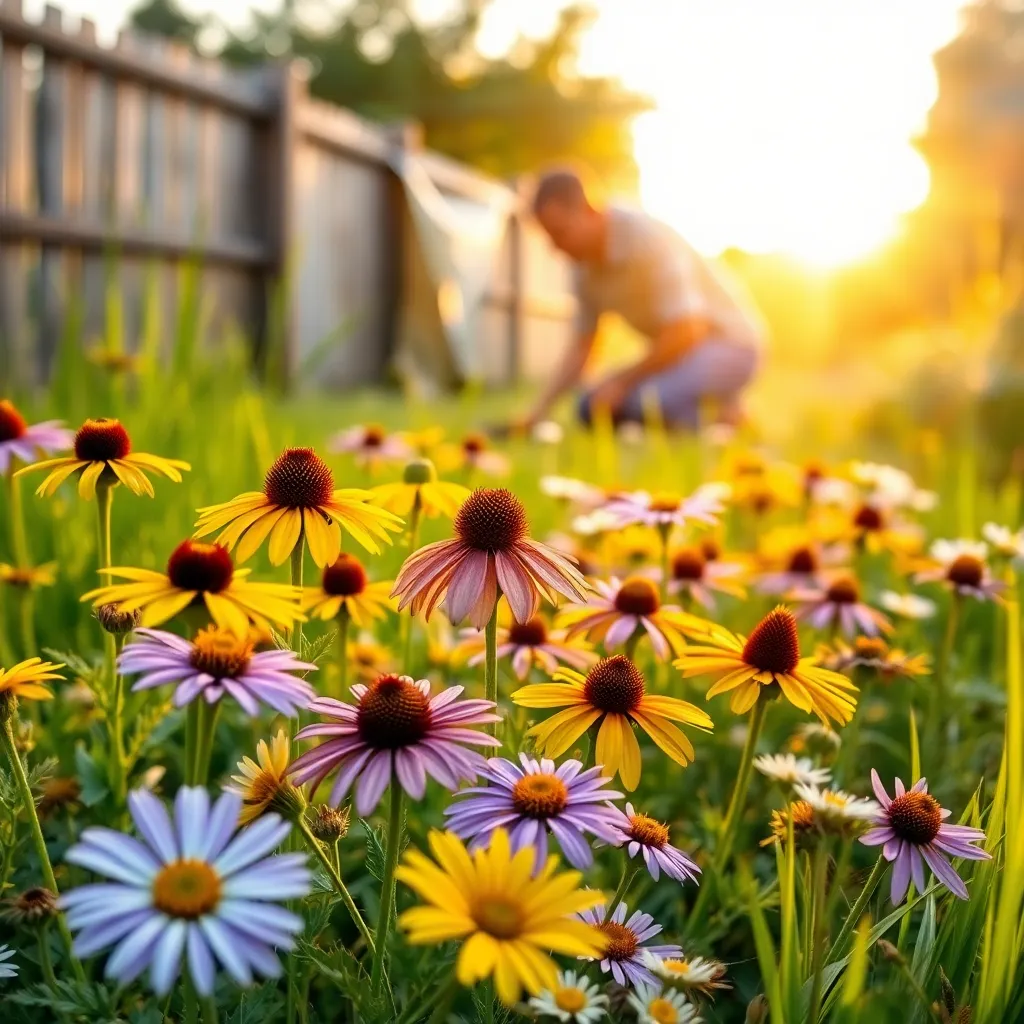
Replanting your wildflower garden is an essential part of ensuring its vibrancy and longevity. Depending on the wildflower species and local climate, some gardens may need replanting every year, while others thrive for several seasons without intervention.
Begin by considering the type of wildflowers in your garden. Annuals will need to be replanted each year as they complete their life cycle in one growing season, while perennials may only need replanting every few years to maintain density and appearance.
For a thriving garden, assess the current state of your plants at the end of the growing season. If your wildflowers appear sparse or weak, it might be time to reseed or introduce new varieties that better suit your soil and sunlight conditions.
When replanting, consider enriching your soil with compost to enhance its nutrient content. This practice can improve plant health and help your wildflowers establish more robustly, especially if you’re dealing with poor or depleted soil.
For gardeners looking to expand their wildflower garden, consider experimenting with different species that bloom at various times. This approach not only extends the flowering period but also minimizes the need for frequent replanting, as you can stagger the growth cycle across multiple seasons.
Advanced gardeners can try techniques like seed stratification to improve germination rates. By simulating natural processes such as cold and moisture exposure, you can encourage stronger, more resilient seedlings that require less frequent replanting.
Adapting to Climate Variations
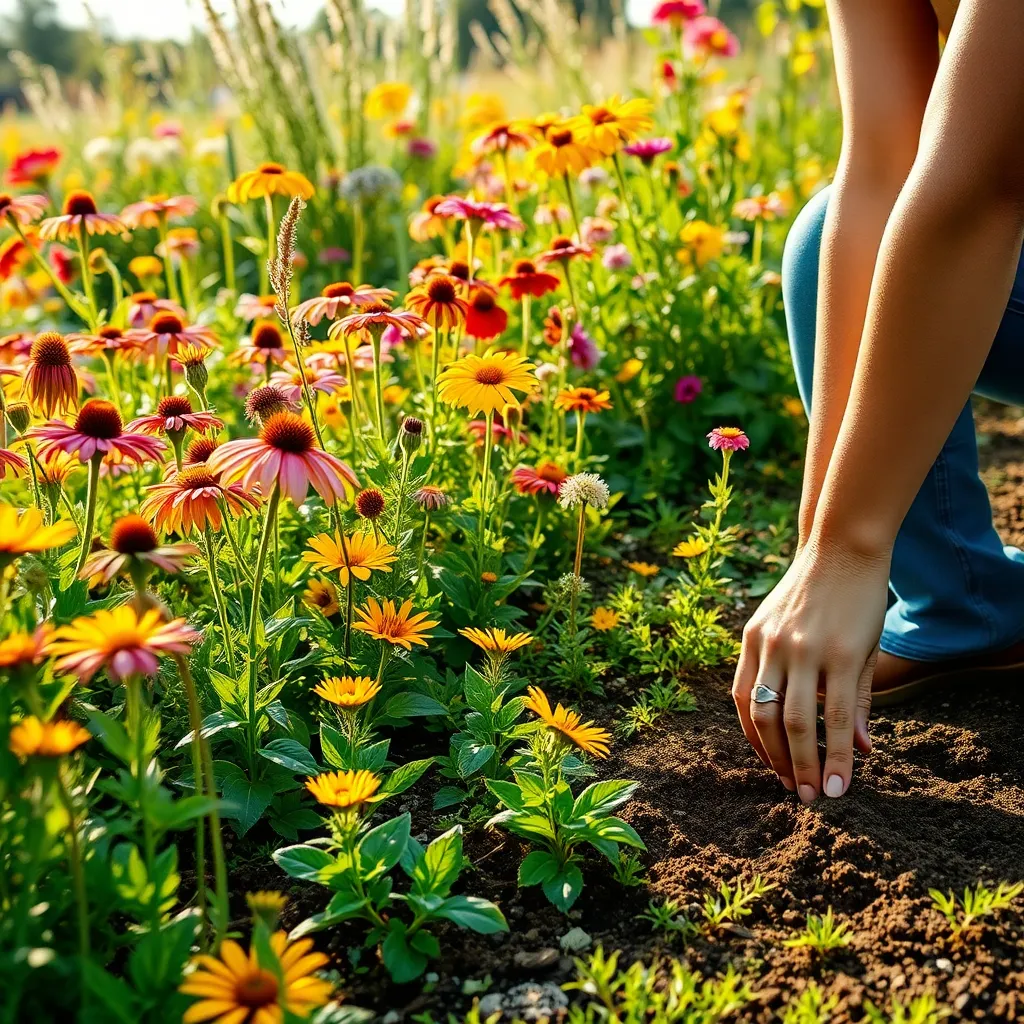
Adapting to climate variations is crucial for maintaining a thriving wildflower garden. As climate patterns shift, your approach to gardening must also evolve to ensure your plants remain healthy and vibrant.
First, observe the weather trends in your area to anticipate changes that could affect your wildflowers. Being proactive by selecting a mix of species that thrive in various conditions can help maintain a resilient garden.
It’s important to choose wildflower varieties that are native to your region, as they are naturally adapted to the local climate. These plants typically require less intervention and are more resistant to pests and diseases, reducing the need for chemical treatments.
Consider enhancing your soil to better retain moisture during dry spells by adding organic matter like compost. This practice not only improves soil fertility but also helps regulate temperature around the plant roots, providing a buffer against extreme weather conditions.
In regions prone to heavy rainfall, ensure your garden has proper drainage to prevent root rot and other moisture-related issues. Techniques such as creating raised beds or incorporating sand into the soil can be effective in improving drainage.
For gardeners in areas with unpredictable frost, mulching can protect young wildflowers from sudden temperature drops. A layer of mulch can insulate the soil, maintaining a more consistent temperature and protecting delicate roots.
Lastly, regular monitoring and maintenance are key to adapting to climate variations. By staying attentive to the needs of your garden, you can adjust your care techniques as necessary, ensuring that your wildflowers continue to flourish despite changing conditions.
Conclusion: Growing Success with These Plants
As we’ve explored, nurturing a relationship is much like tending to a wildflower garden. First, understanding the importance of regular attention and care helps the relationship flourish. Second, recognizing the value of communication keeps the connection vibrant. Third, embracing change and adaptability ensures resilience. Fourth, creating shared experiences builds a stronger bond. Finally, maintaining individuality within the relationship is crucial for personal growth and mutual respect.
Today, take a moment to reflect on these concepts and choose one actionable step to implement in your relationship—perhaps planning a simple shared experience or starting a conversation that encourages open dialogue.
Remember, relationships thrive with consistent effort and attention, just like a garden. Bookmark or save this article as your go-to guide for refreshing your relationship approach whenever needed.
Looking ahead, envision a relationship where both partners are committed to growth and happiness. With the right mindset and tools, your relationship can blossom beautifully. Empower yourself to cultivate this growth and let your relationship thrive. Your journey to relationship success starts today.

